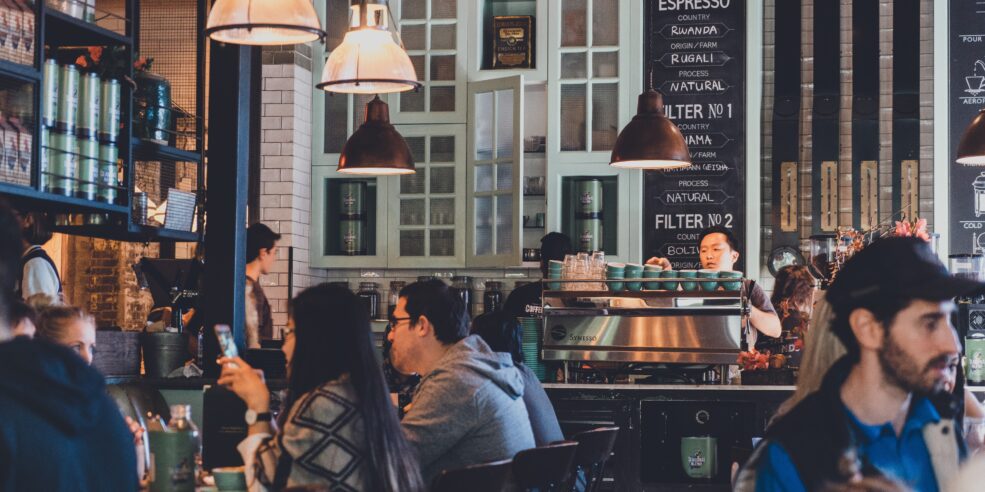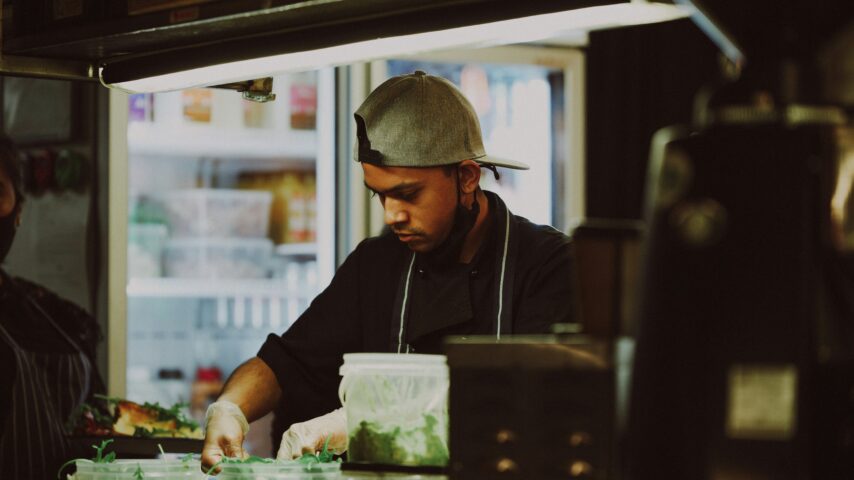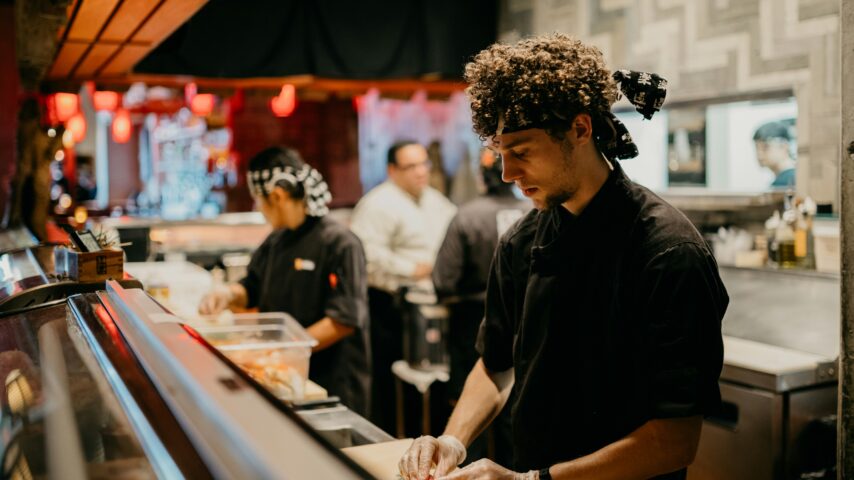We’ve been tracking industry numbers in London and the South-East since Covid began. At first, we wanted to keep an eye on how lockdowns were affecting the restaurant industry. Yet, here we are 3 and a half years later still tracking how external factors like the cost of living crisis, energy cost hikes, train strikes, and more are still affecting the industry.
There’s been no shortage of challenges thrown at hospitality, but we continue to see just how resilient this industry is.
Looking at the latest numbers, former operator and Tenzo co-founder Christian Mouysset commented, ‘In January, I don’t think anyone would have believed that we would still be seeing higher sales numbers than last year in Q3. With the cost of living crisis in full swing, we would have expected demand to fall, and yet it has continued to grow. However, the rate of growth is slowing and that could mean we’re in for a difficult Q1 once the festive season subsides.’
Making the most of current demand, closely monitoring costs and eliminating inefficiencies now will make the months to come as successful as possible setting operators up for a better Q1 next year.
To hear more from two former operators, Christian Mouysset and Scot Turner, MD of Auden Hospitality, about the state of the industry and what operators can do to shift from surviving to thriving, join us on October 10th at Hospitality Tech Expo at 1:15 pm.
Like-for-like restaurant sales
We have aggregated sales numbers from several hundred businesses in London and the South-East to see how the third quarter of 2023 compared to 2022.
Across the quarter as a whole, we saw like-for-like sales increase by 7.3%. This was led by August’s 10.4% increase. September was lowest with only a 6.4% rise. Latest inflation numbers are 6.7%, meaning that sales growth was lower than inflation for the first time this year.
Number of transactions grow very slightly
The actual number of transactions rose ever so slightly compared to last year across the quarter with a 2% increase.
Monthly trends remain low with a 3% rise in transactions in July and September and an ever so slightly higher increase in August: 3.7%.
Average transaction value rises
The average transaction value (ATV) has increased 5.7% across the quarter. This is largely due to prices of individual items increasing over the past 12 months to combat increased costs in labour and goods.
While July and August saw a 6.7% and 7% increase respectively, September’s ATV only increased by 3.5%. We saw inflation start to increase by double-digit percentages in September 2022 and so item prices had been increased by this point last year already. Current inflation is 6.7%, so a 3.5% increase does not necessarily keep up, however we may be seeing the price ceiling being hit.
In light of this, operators are going to have to focus on costs in Q4 to keep healthy margins.
Conclusion: what do these numbers mean?
While the numbers continue to grow, compared to Q2 and Q1, growth is slowing. That means that operators will need to focus on costs even more than before, making sure that every restaurant is running as efficiently as possible.
Drilling into your data and understanding where inefficiencies lie is going to be imperative over the coming months.
Hear more from the experts at the Hospitality Tech Expo on October 10th at 1:15 pm, when Christian Mouysset and Scot Turner come together to discuss these numbers and what operators can do.




